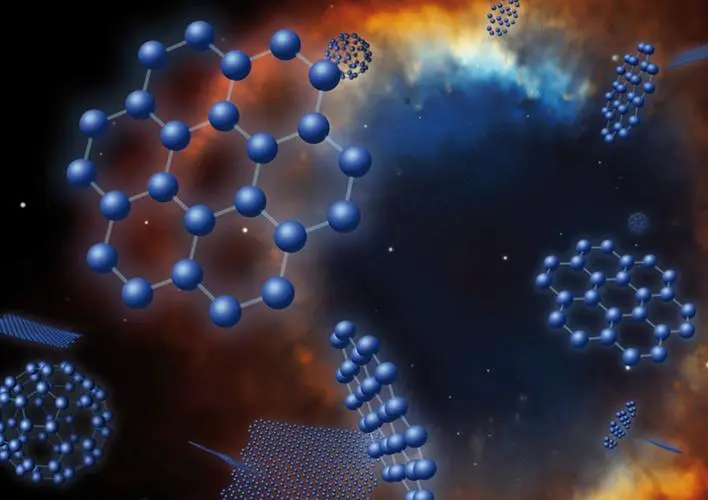The discovery was an accident and a scientific first for the researchers.
An important component in the development of liquid technology is the percolation process, which is the statistical connectivity in a system, such as when water flows through soil or coffee grounds. The mathematical process of “explosive percolation” can also be applied to population growth, financial systems and computer networks, but has never been seen in material systems, and it’s the process the researchers hope to see.
In the experiment, the researchers added polymer latex spheres to graphene oxide. By drying this solution, like drying paint, the graphene oxide becomes trapped between the spheres, and as more graphene is added, these graphene flakes end up forming a “percolation” network within the latex film.
However, since graphene oxide does not conduct electricity, the researchers applied some gentle heating (150°C, similar to the temperature of a heat gun used to dry paint) to eliminate the chemical defects. At this point, the films were not only conductive, as expected, but more conductive than films made entirely of graphene. They witnessed an exponential increase in electrical conductivity.
This emerging material behavior leads to a new solution for highly conductive coatings, as graphene oxide is an inexpensive and easily mass-producible nanomaterial. Conductive coatings and inks have a range of applications in new printing technologies, such as imparting properties such as antistatic properties to coatings or creating coatings that block electromagnetic interference (EMI), and are also crucial in the development of wearable health monitors.
According to the researchers, the development of the seepage network in this experiment is similar to the emergence of highly transmissible virus variants, allowing scientists to use epidemic models to develop exciting new materials.
The researchers also pointed out that due to the cheap and scalable nature of graphene oxide, this achievement will lead to affordable and highly conductive polymer composites, which can greatly improve the sustainability of electric vehicle materials, including batteries. , and the possibility of adding conductive coatings to materials such as ceramics.




GIPHY App Key not set. Please check settings